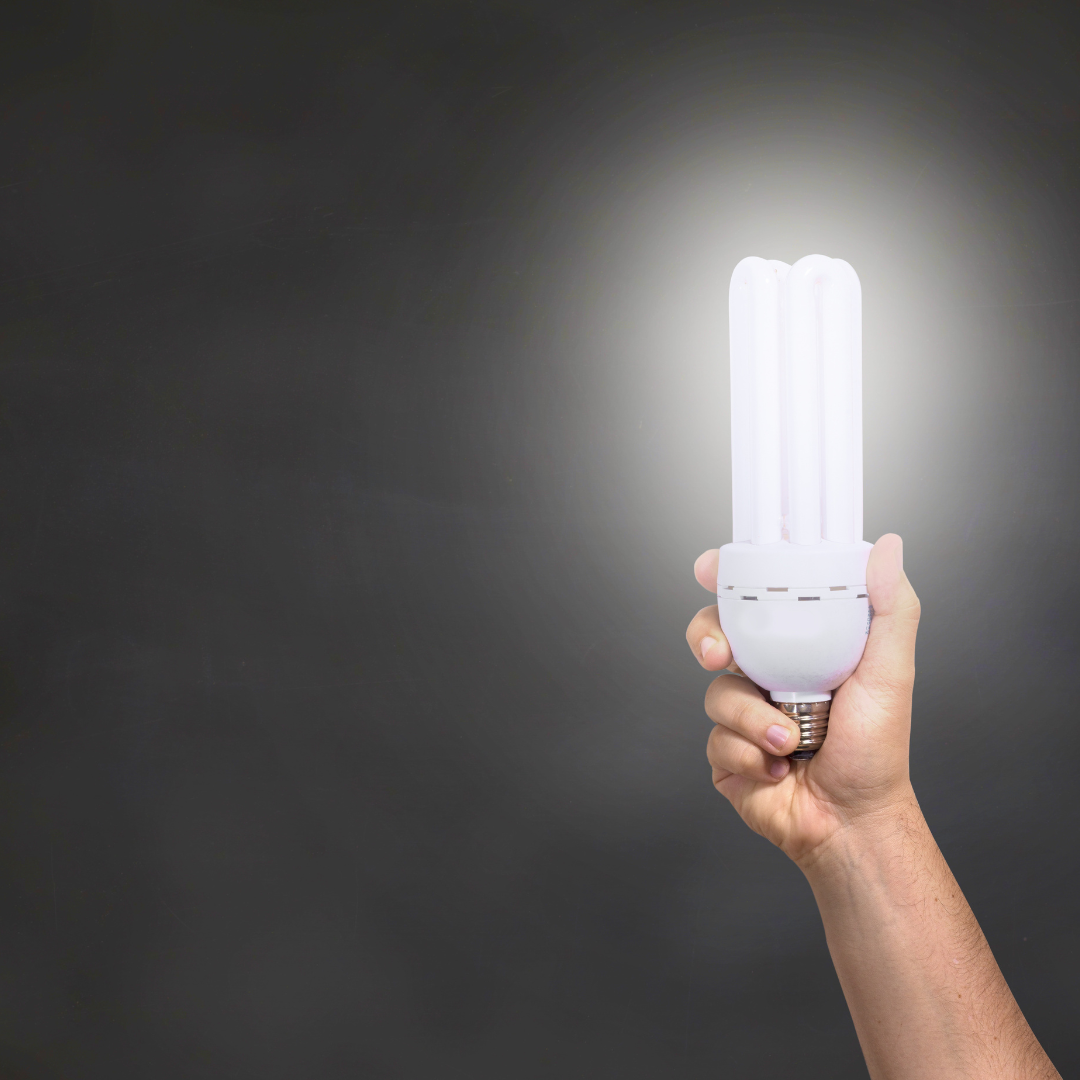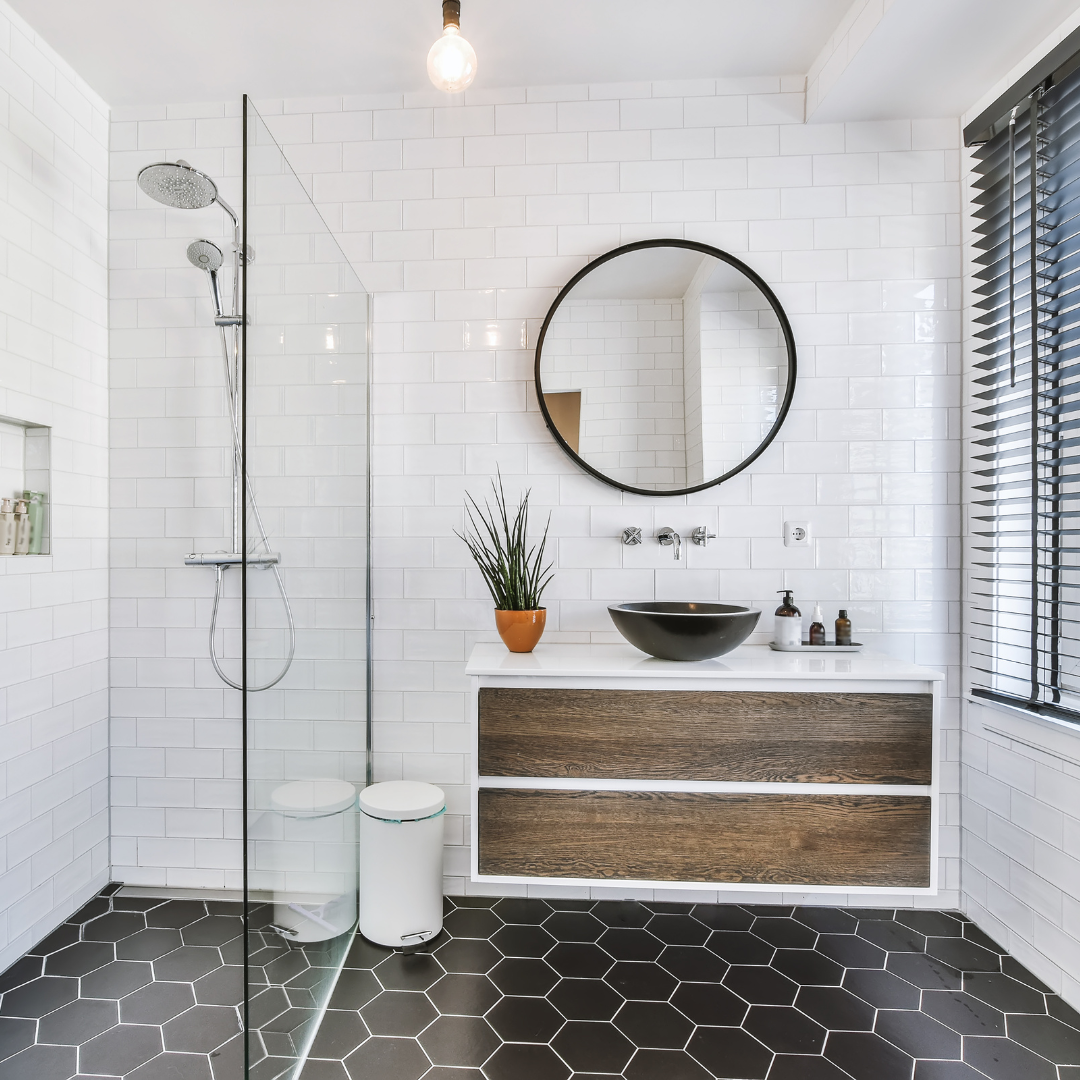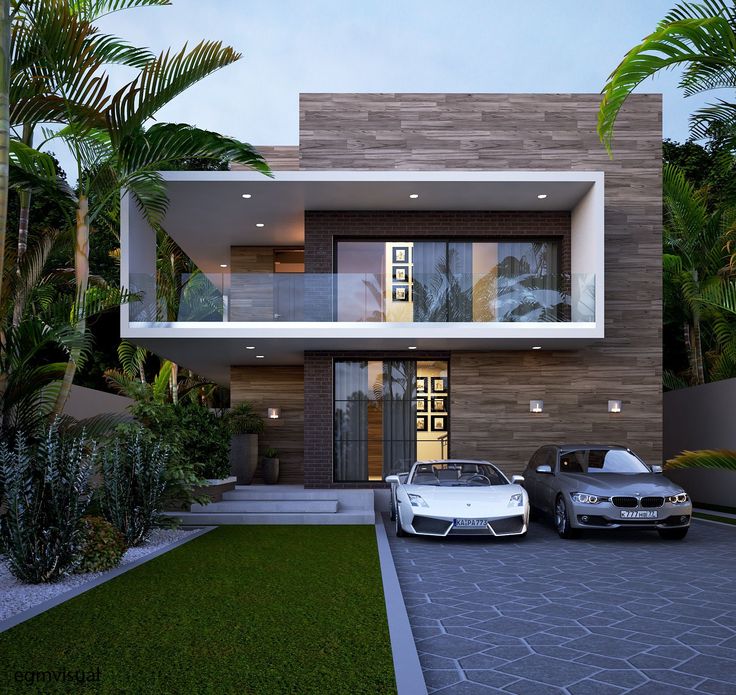The effect of lighting on the appearance of colors and the general appeal of a home ought not to be understated. Lighting can add or subtract from the overall appearance of the elements in a room and across an entire house.
Figure out what you need
Make sure whatever lighting you intend on getting is helpful. Before you make any purchases, try to visualize what tasks will be catered to in each room, and how lighting can help or detract from these activities.
This will help you in choosing where to install dimmer switches, where to install shades and diffusers, and the specific points where you are likely to have multiple lighting fixtures.
Tasks like reading require soft directional light while bathrooms require a combination of sidelights and downlights.
There are essentially three types of lighting you are likely to have in most rooms of your house. These include;
Ambient Lighting

This is the type of general lighting that provides a space with overall illumination. Ambient light allows you to see most of a room despite how much natural light may be streaming in through the windows.
Good examples of ambient lighting are;
- Light kits mounted on ceiling fans
- Chandeliers
- Pendant lights
- Track lighting
- Recessed ceiling lights
- Bright wall scones
Many people mistakenly assume that ambient lighting from overhead bulbs, pendants, and chandeliers is all that is needed to efficiently light a room. However, creating the right ambiance cannot be achieved using ambient light alone.
Task Lighting

This type of lighting is used to illuminate particular spaces where specific activities are performed. These activities include grooming, reading, cooking, ironing, or doing office work at home.
Task lighting is typically used in combination with ambient lighting to create dimension and different layers of light in a room. Task lighting can also be used on its own to filter out distractions when concentrating on a particular task in a small area.
Common elements that provide task lighting include;
- Chandeliers over workspaces
- Table lamps
- Floor lamps
- Sconces
- Ceiling-mounted downlights
- Recessed lights
Accent Lighting

Also referred to as design lighting, accent lighting is a layer of lighting that draws attention to a particular object, creates dramatic appearances, and can be used to add a level of dimension to a particular area.
Many people choose to highlight art pieces by mounting a bright directional light above the piece. Others choose to position accent lights in such a manner that portrays spaces as larger or taller.
Designers recommend the general rule of thumb of installing accent lights that are at least three times brighter than the ambient light in the space for their visual effect to be perceptible and pronounced.
Layer your lighting
Designers recommend layering your light setup by using multiple light sources installed at different levels. Ambient light can often be achieved using overhead fixtures, while task lighting can be achieved using smaller and more directional light sources like table lamps.
Accent lights can be mounted at different heights on a wall or near a statement fixture like a picture frame or an architectural feature to highlight its visual appeal.
With the right kind of interior lights, you can uplift the appearance of your rooms and make them feel larger. An example of how to do this is by using low-hung pendant lights to create the illusion of height. On the other hand, a cluster of lights can make a large room feel cozy.
When layering multiple light sources, try to limit yourself to bulbs with similar color temperatures to end up with a neat and coordinated visual touch.
Remember that the same type of lighting fixtures, like ceiling lights and chandeliers, can be used to provide either ambient or task lighting. The purpose served by the light is determined by the location and the reach of its brightness.
Incorporate dimmers

Consider dimming technology when installing your ambient lighting. This is particularly beneficial in kitchens, living rooms, and bedrooms where you may face the need to adjust your overhead lighting more frequently.
Dimmers have a lot of benefits, such as tailoring a room for the desired productivity level, saving money by reducing energy consumption, and generally having the ability to make rooms more customizable to the desired situations.
Imagine being able to dim your dining room nights for an intimate touch, and turning down the lights to enjoy your favorite movies. You may also want to brighten up your kitchen when cooking and cleaning so that you feel more confident with clear vision when you do.
Recessed lighting

Recessed lighting implies a lighting fixture whose physical unit is hidden and the only perceptible element is the light emanating from it with no architectural detail.
This is the right choice for your ceiling fixtures if you are pursuing a clean and modern aesthetic finish. Recessed lighting is practical for homes with low ceilings whose limited headspace could be impeded by fixtures hanging from the ceiling.
If you are considering recessed lighting for your home, ensure you make the decision early in the planning process because it will significantly affect your wiring and building process.
Conclusion
The lighting tips above can help you tie together your colors, architecture, and interior design language. If you layer different types of lighting and are strategic with your placement, you will inevitably end up with a pleasant lighting setup.
Planning ahead of time will help you pick out the right type of lighting, since prioritizing the key features of different rooms will help you gain a better understanding of color temperature, style, wiring, and other core elements of installing efficient light fixtures.
Keep these details in mind when planning and mapping the lighting for your home. Contact an expert and do more research when you need more information on a particular aspect to be comfortable with the decisions you will end up making.






Leave a comment
This site is protected by hCaptcha and the hCaptcha Privacy Policy and Terms of Service apply.